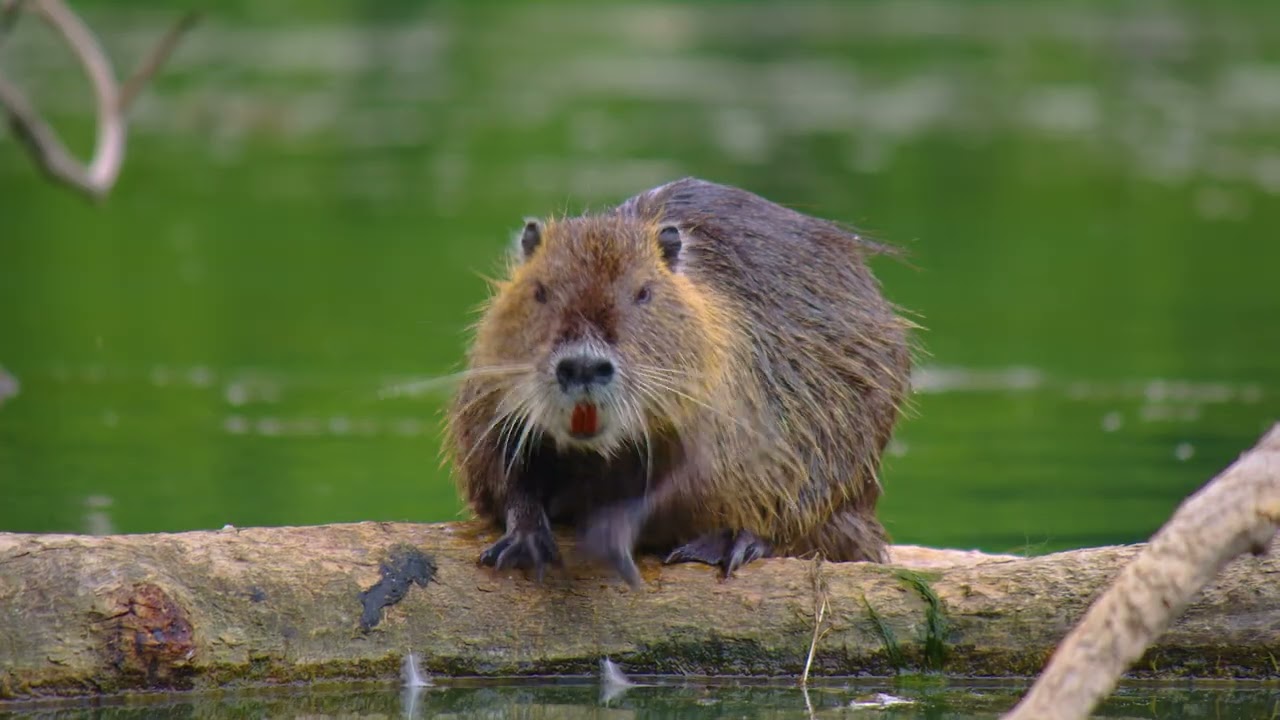Summary:
– Extreme drought in the Southeast is causing smaller waterways to dry up, imperiling fish species
– Endangered species like the Laurel Dace and Barrens Topminnow are at risk of extinction due to the lack of precipitation
– Communities must come together to find solutions to protect these endangered fish species
– The unique ecosystems of Southern Appalachia are at risk, and urgent action is needed to prevent irreversible damage
The Southeast region of the United States is currently facing a dire situation as extreme drought conditions persist, leading to the drying up of smaller waterways. This phenomenon is impacting the availability of freshwater for communities and putting the lives of various fish species at risk. Specifically, the prolonged drought poses a significant threat to the survival of endangered fish such as the Laurel Dace and Barrens Topminnow, which have extremely limited ranges and are now facing the possibility of extinction.
The lack of precipitation in parts of Southern Appalachia, where less than half an inch of rain has fallen in more than two months, has caused many smaller waterways to dwindle, further imperiling the fish that call them home. The consequences of this environmental crisis are far-reaching, with potential ramifications for the delicate balance of these unique ecosystems.
The Laurel Dace, a small freshwater fish native to the region, is particularly vulnerable to the effects of the extreme drought. With its limited range and specialized habitat requirements, the prolonged dry spell has put immense pressure on the few remaining populations of this endangered species. Similarly, the Barrens Topminnow, another fish species facing the threat of extinction, is also at risk due to the severe drought’s diminishing water sources.
As we witness these alarming developments, it becomes increasingly clear that urgent action is necessary to protect the precious biodiversity of Southern Appalachia. Preserving these endangered fish species is crucial for the health of the local ecosystems. It serves as a reminder of our responsibility to safeguard the natural world for future generations.
The challenges posed by the extreme drought in the region call for a collective effort from communities, conservation organizations, and governmental agencies. By coming together and pooling our resources, we can implement measures to mitigate the impact of the drought and ensure the survival of these vulnerable fish species.
One potential solution involves establishing emergency conservation measures to protect the remaining Laurel Dace and Barrens Topminnow populations. These efforts may include habitat restoration, water management strategies, and the implementation of sustainable practices to safeguard the freshwater resources essential for the survival of these endangered species.
Furthermore, raising awareness about the plight of these fish species is crucial in garnering support for conservation initiatives. Education and outreach programs can play a pivotal role in engaging the public and inspiring action to address the challenges of extreme drought. By fostering a sense of empathy and understanding for the struggles of these endangered fish, we can mobilize individuals and communities to contribute to conservation efforts.
In addition to localized conservation measures, addressing the larger environmental issues contributing to the extreme drought in the Southeast is imperative. Climate change and human activities have been identified as underlying factors exacerbating the region’s frequency and severity of droughts. Addressing these systemic issues through advocacy, sustainable practices, and policy changes is essential in ensuring the long-term resilience of the ecosystems that these endangered fish species rely on.
The situation concerning the extreme drought and its impact on endangered fish species in the Southeast serves as a poignant reminder of the interconnectedness of all living beings and their reliance on healthy, functioning ecosystems. The well-being of these fish species reflects the broader challenges facing our natural world, and the urgency to address these issues cannot be understated.
As we navigate the complexities of environmental conservation, it is essential to remain steadfast in our commitment to protecting our planet’s biodiversity. The plight of the Laurel Dace, Barrens Topminnow, and other endangered fish species in the face of the extreme drought is an opportunity for us to unite, harness our collective resolve, and work towards securing a sustainable future for all life on Earth. By taking meaningful action today, we can pave the way for a brighter and more resilient tomorrow, where endangered species thrive, and the natural world flourishes.
*****
Source Description
In parts of Southern Appalachia, less than half an inch of rain has fallen in over two months. This lack of precipitation is causing many smaller waterways to dry up, imperiling the communities of fish that call them home.
For some species with extremely limited ranges, including the endangered Laurel Dace and Barrens Topminnow, the prolonged drought could push the few remaining populations to extinction.
#biology #drought #weather #freshwater #fish #endangeredspecies #southeast #appalachia


